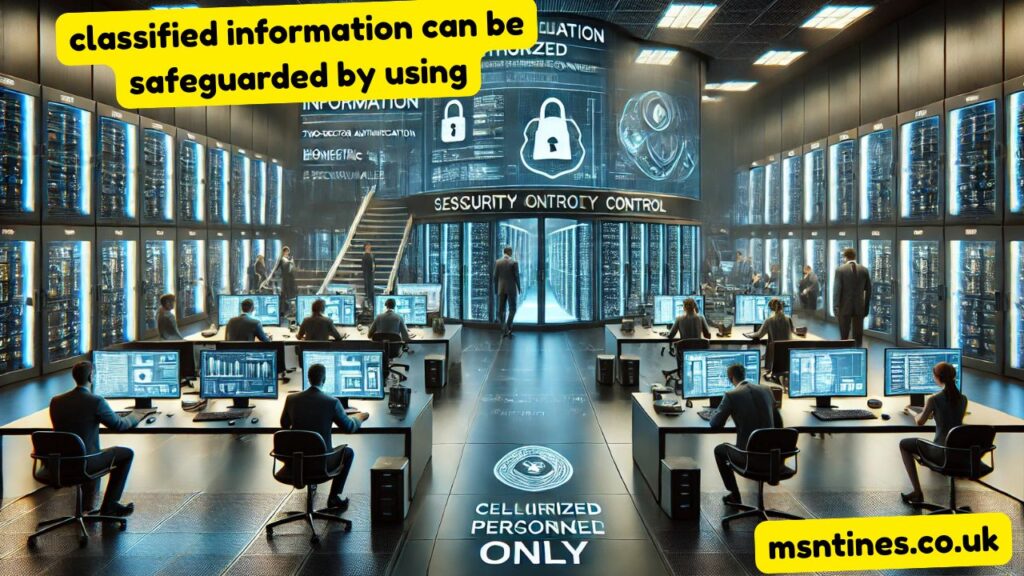In today’s digital world, safeguarding sensitive government or organizational data is a top priority. Whether it’s national security data or internal corporate secrets, protecting classified material is not just a best practice—it’s a legal requirement. Let’s explore how classified information can be safeguarded by using secure practices, protocols, and tools.
Why Classified Information Needs Protection
Classified information refers to sensitive material that could potentially harm national security, public safety, or corporate interests if disclosed without authorization. Because of its value and risk, this type of data must be stored, transmitted, and accessed with extreme caution.
Classified Information Can Be Safeguarded by Using What?
The question many people ask is: classified information can be safeguarded by using what? The answer involves a combination of administrative, physical, and technical measures. These include:
- Secure Access Controls: Limiting access to authorized personnel only.
- Encryption: Encrypting data both in transit and at rest.
- Two-Factor Authentication (2FA): Adding an extra layer of user verification.
- Security Clearance Protocols: Ensuring that users meet required clearance levels.
- Monitoring and Auditing Tools: Tracking user activity and data access.
Each of these layers plays a role in keeping information protected from unauthorized access or cyberattacks.
Classified Information Can Be Safeguarded by Using Blank
Sometimes, training and exams phrase it like this: classified information can be safeguarded by using blank. That blank is typically filled in with answers like:
- Password protection
- Controlled access areas
- Secure networks
- Physical security (locks, safes)
- Clearance levels
These blanks help highlight the many ways in which information security is enforced, both physically and digitally.
Real-World Examples of Safeguards
To further illustrate how classified information can be safeguarded by using effective methods, here are a few examples:
- Government Agencies: Use classified networks like SIPRNet for secure communication.
- Corporations: Implement digital rights management (DRM) and internal data protection policies.
- Military Bases: Apply both physical and cyber protections, including biometric locks and encrypted communication lines.
Best Practices for Handling Classified Data
Anyone who works with sensitive data should be trained to understand the following best practices:
- Never discuss classified data on unsecured platforms.
- Always log out of systems when not in use.
- Store documents in approved containers or digital vaults.
- Report any potential breaches immediately.
Following these procedures ensures compliance with information security regulations and protects against data leaks.
Final Thoughts
In summary, classified information can be safeguarded by using a combination of cybersecurity tools, secure communication practices, and strict access controls. Whether you’re asking classified information can be safeguarded by using what or filling in the blank in classified information can be safeguarded by using blank, the answer always comes down to layered, thoughtful, and well-enforced protection strategies.
